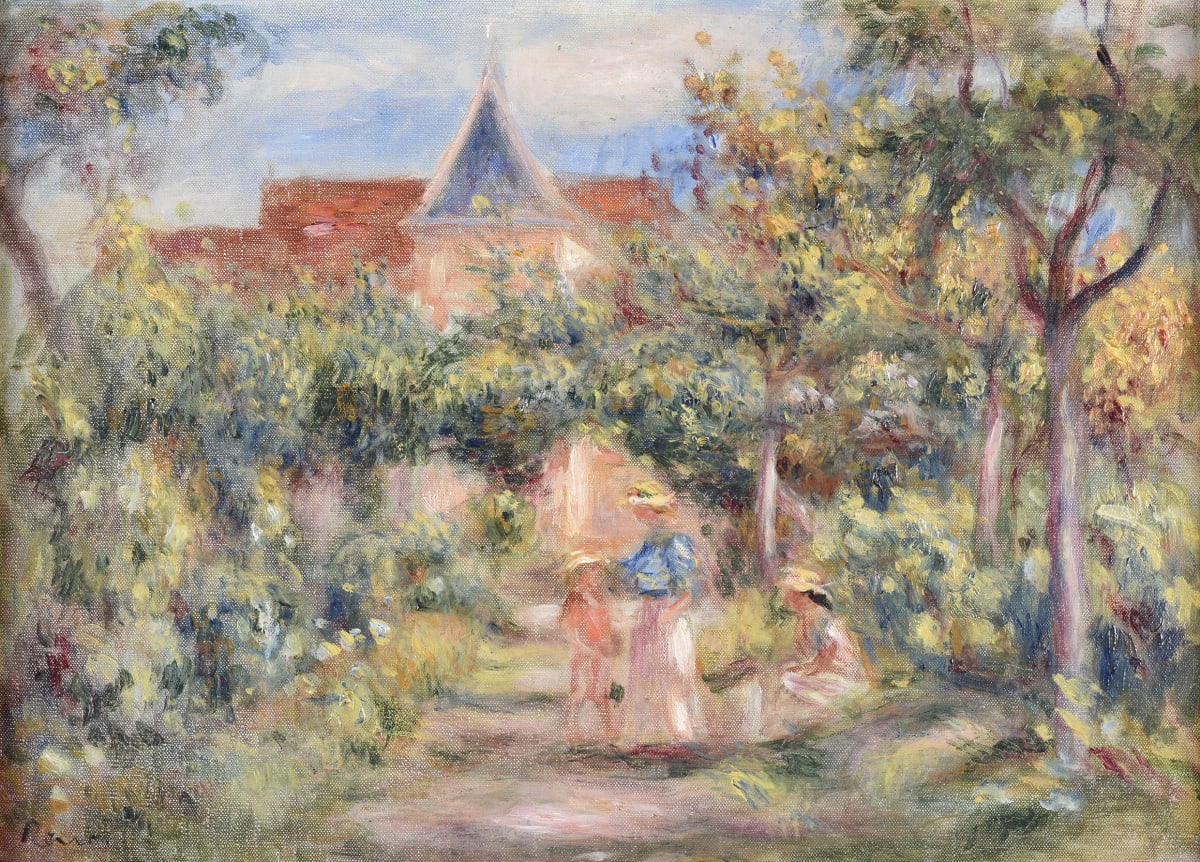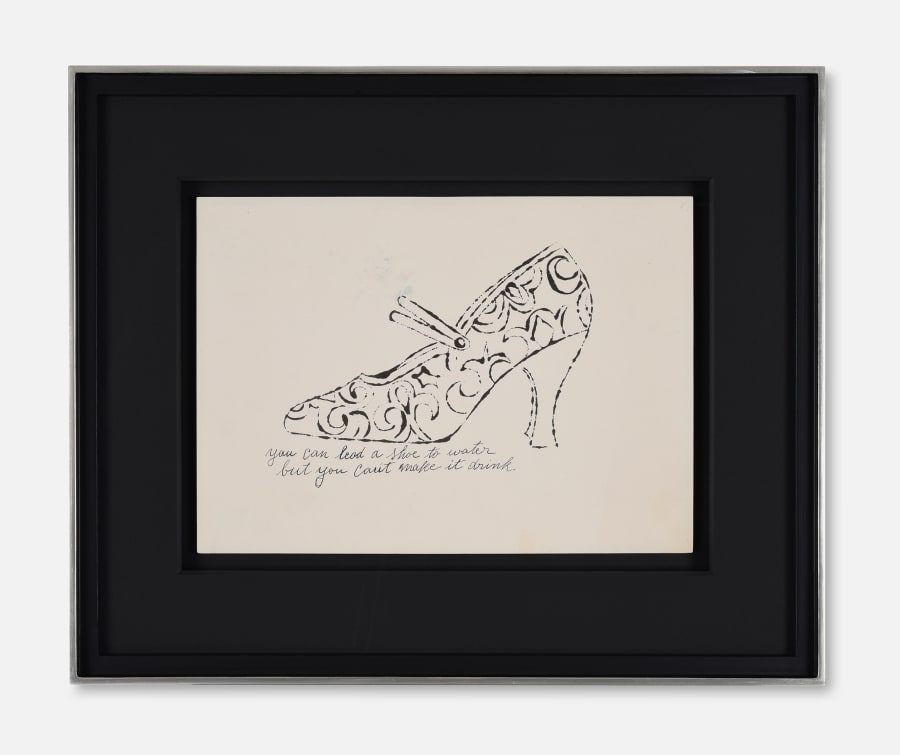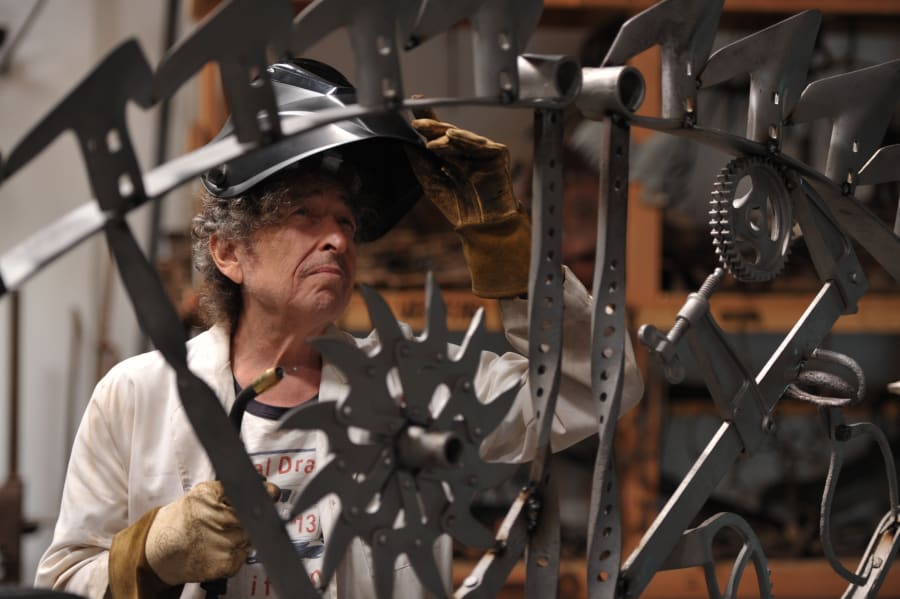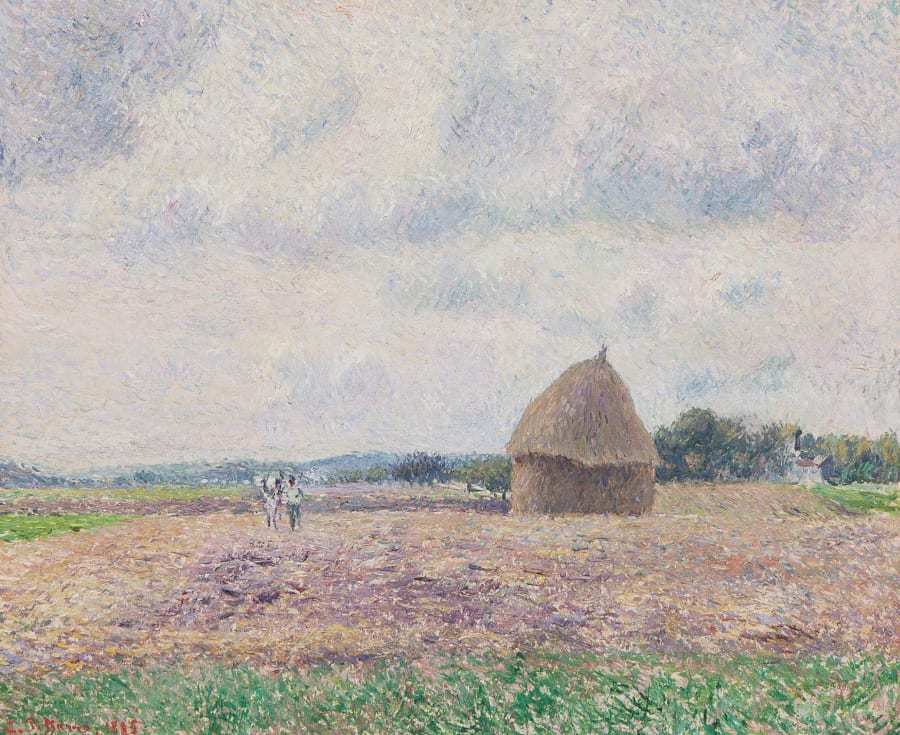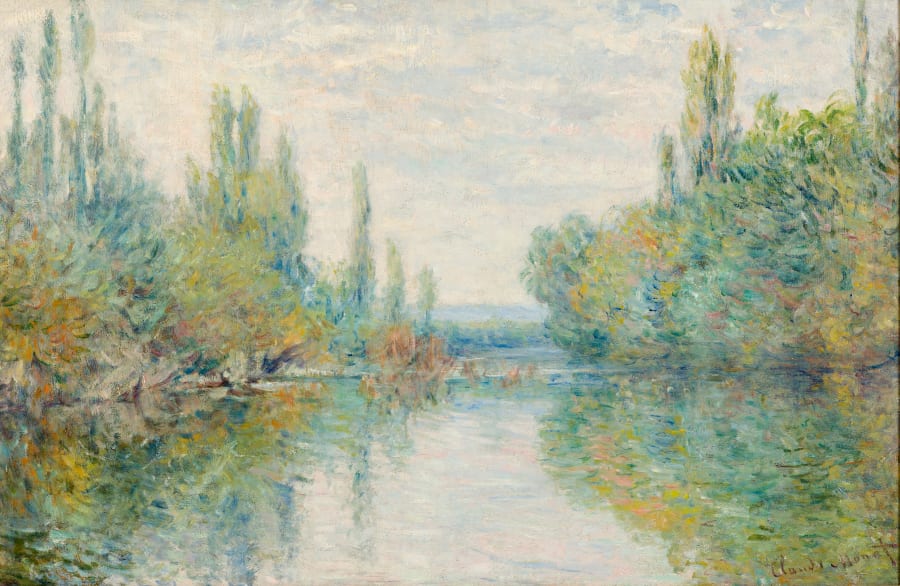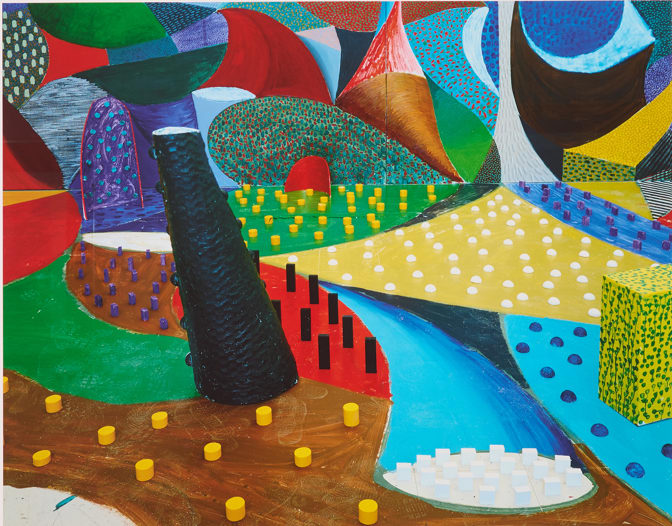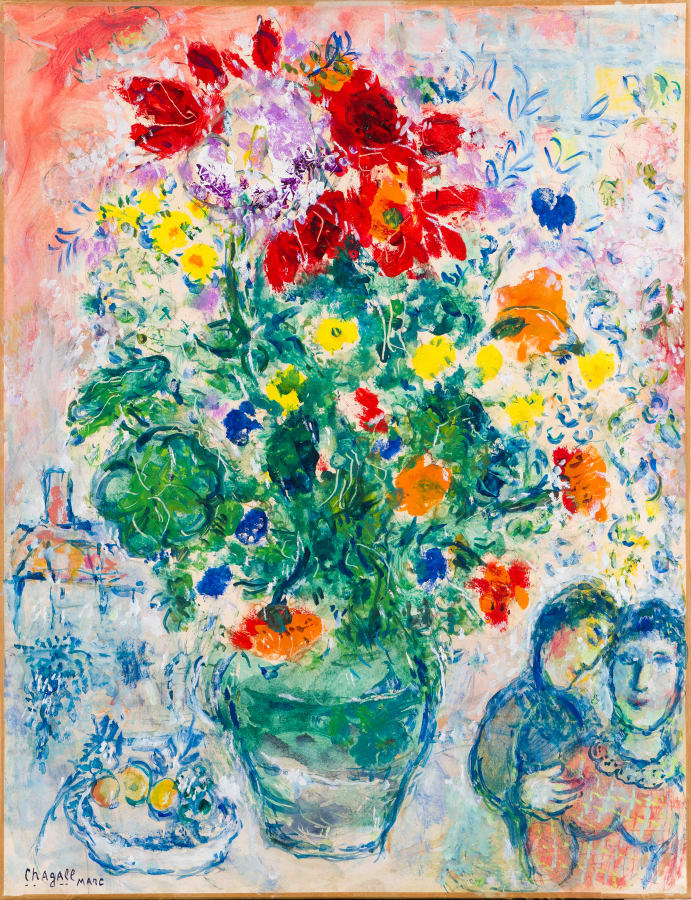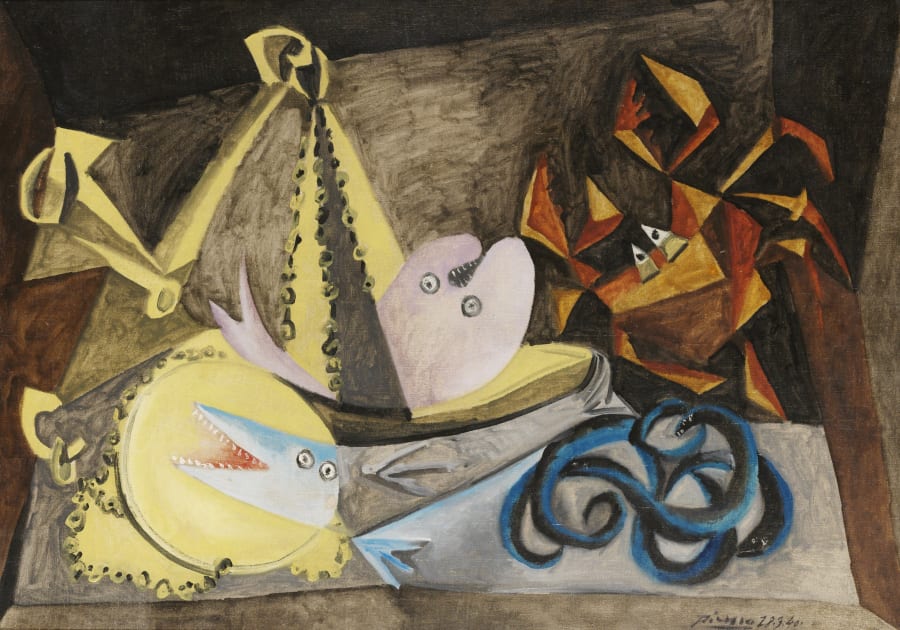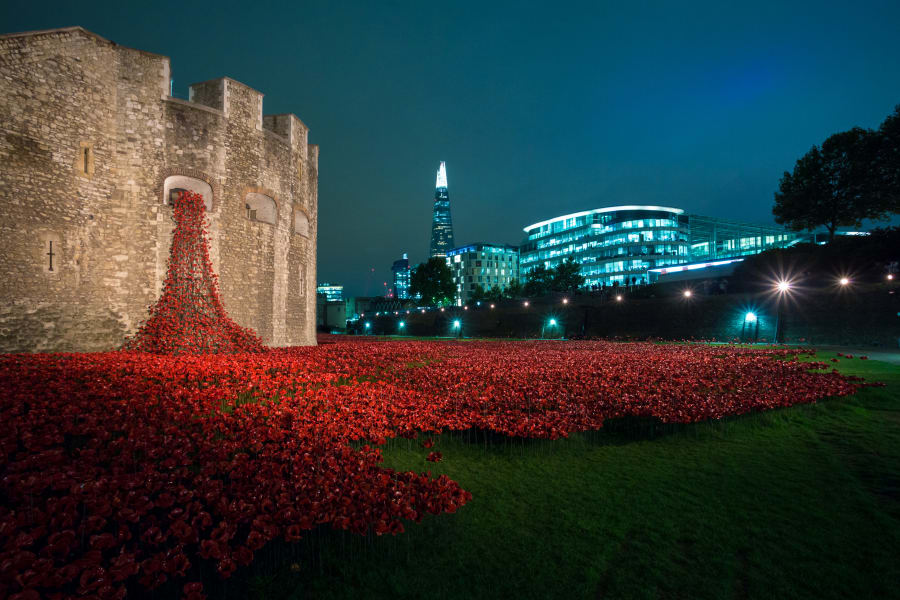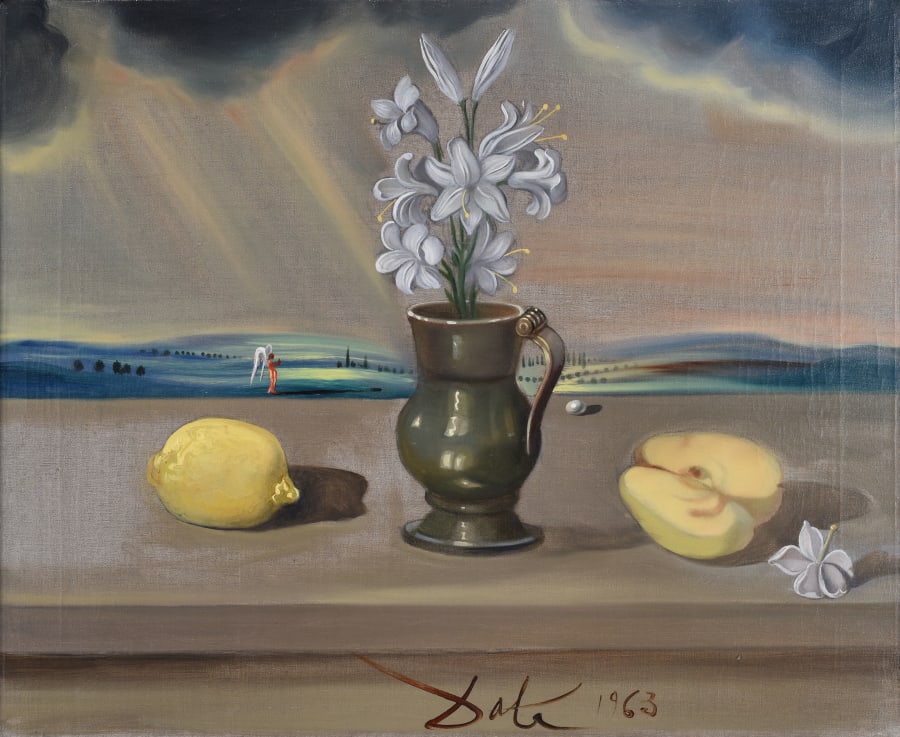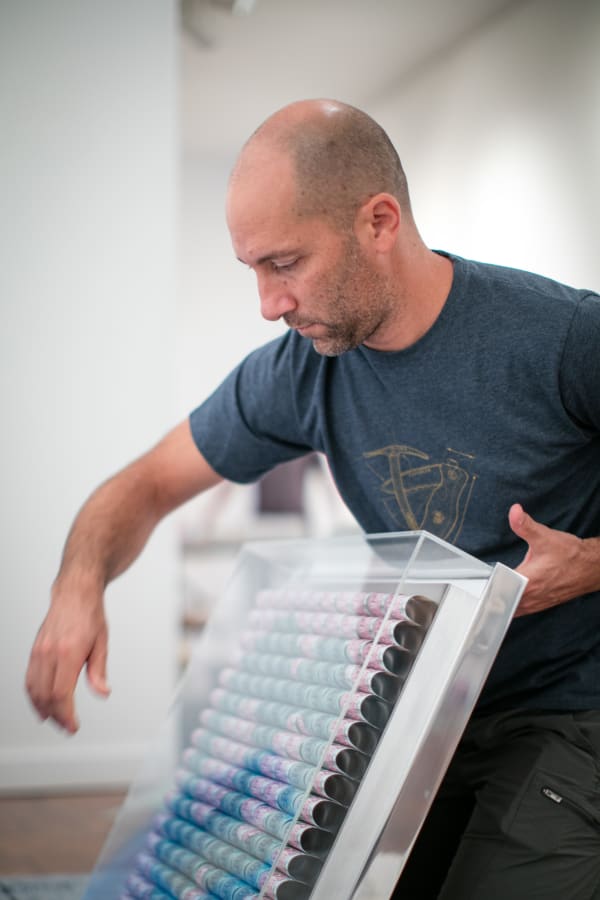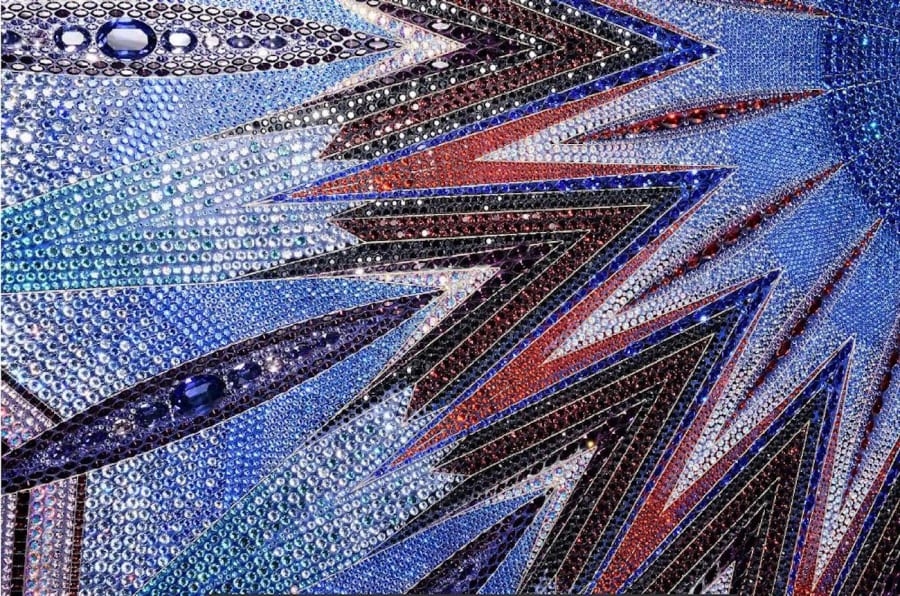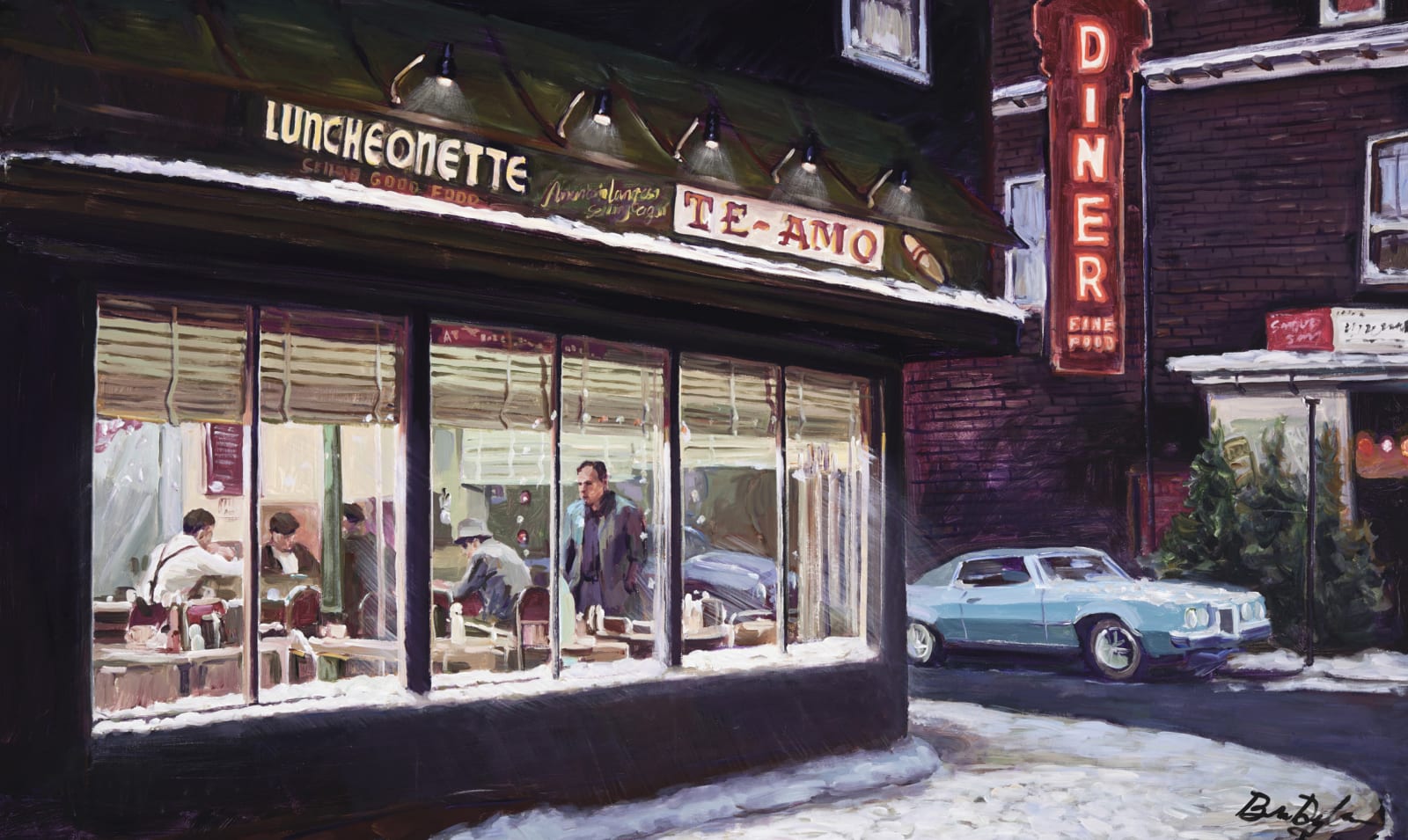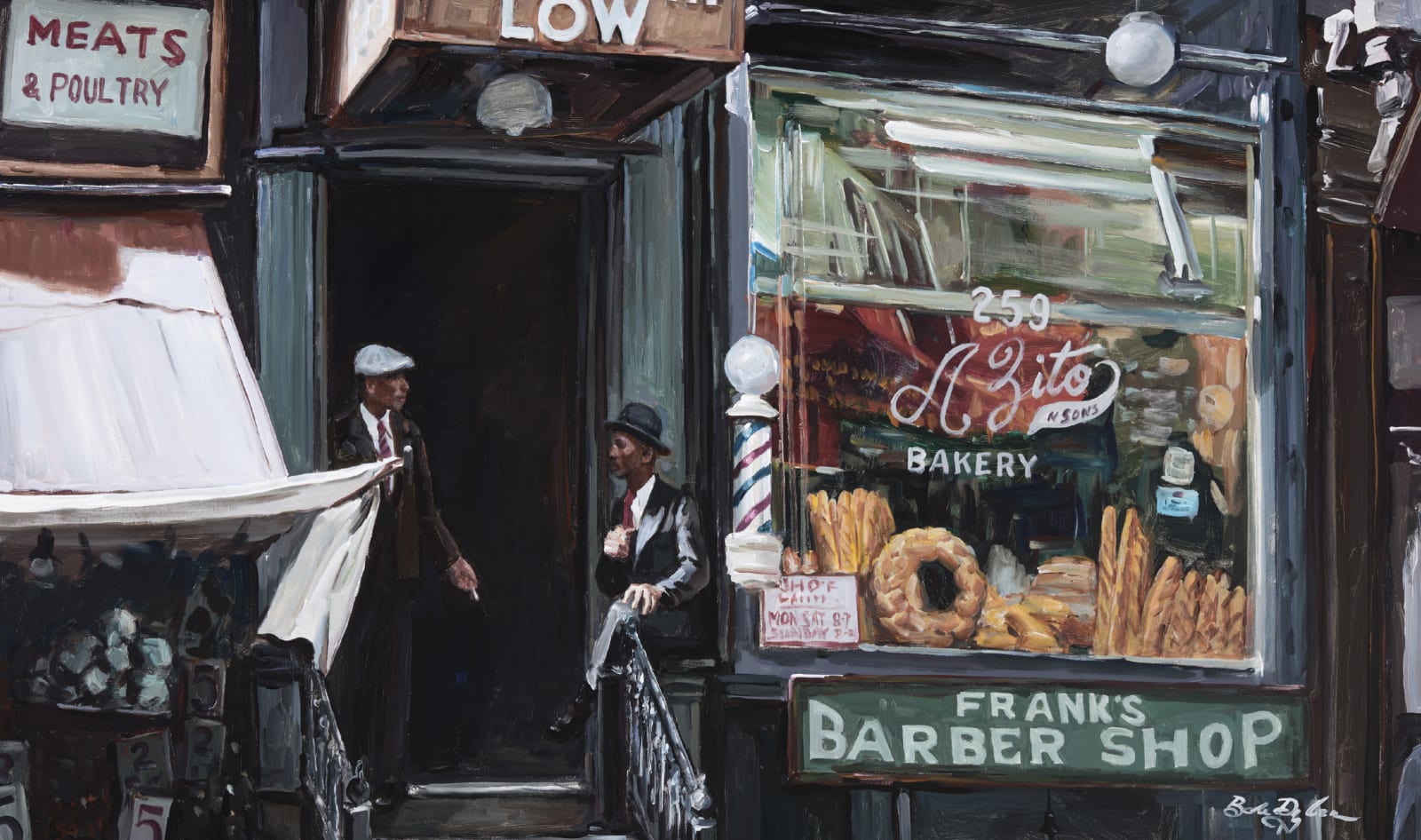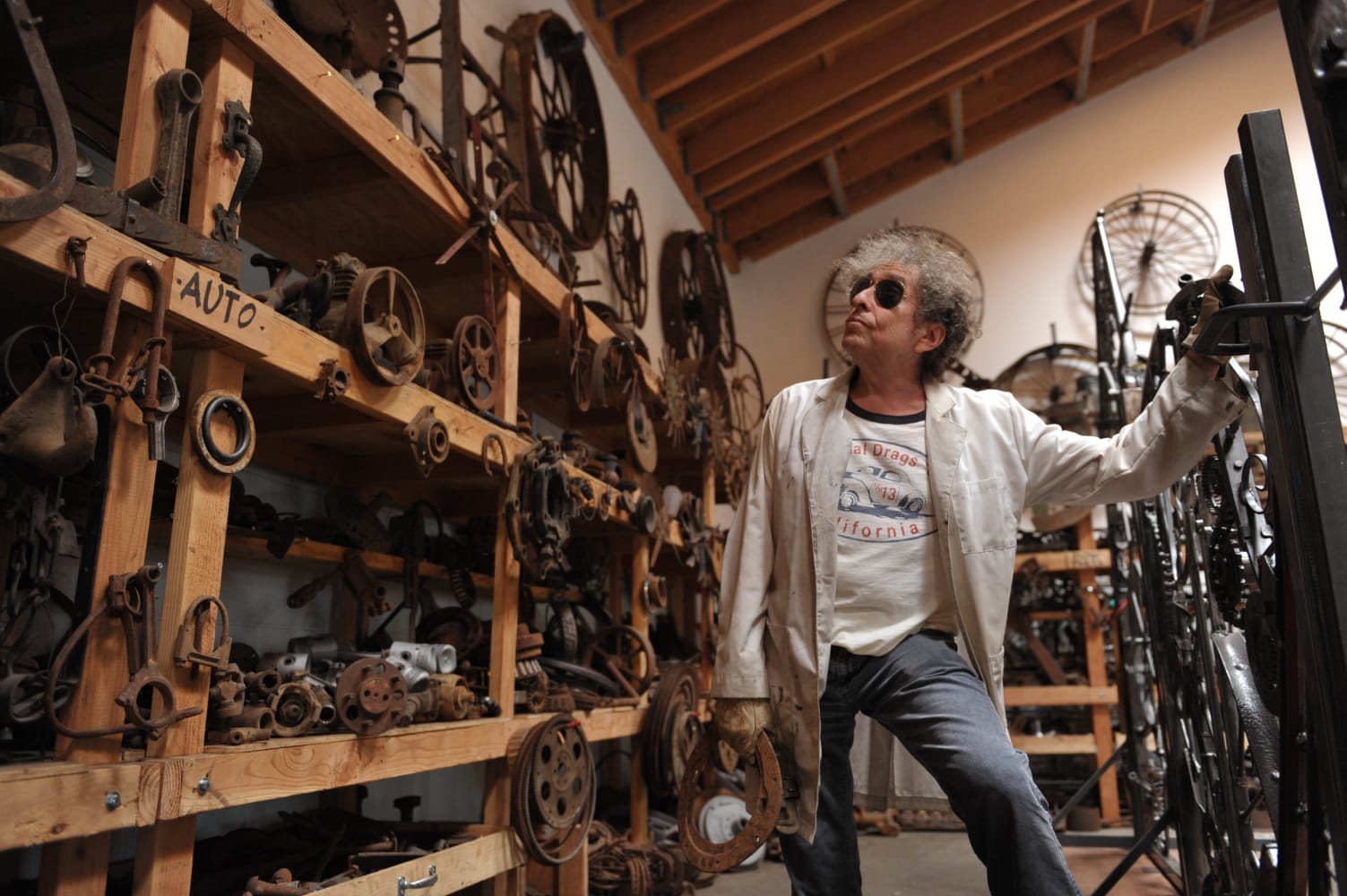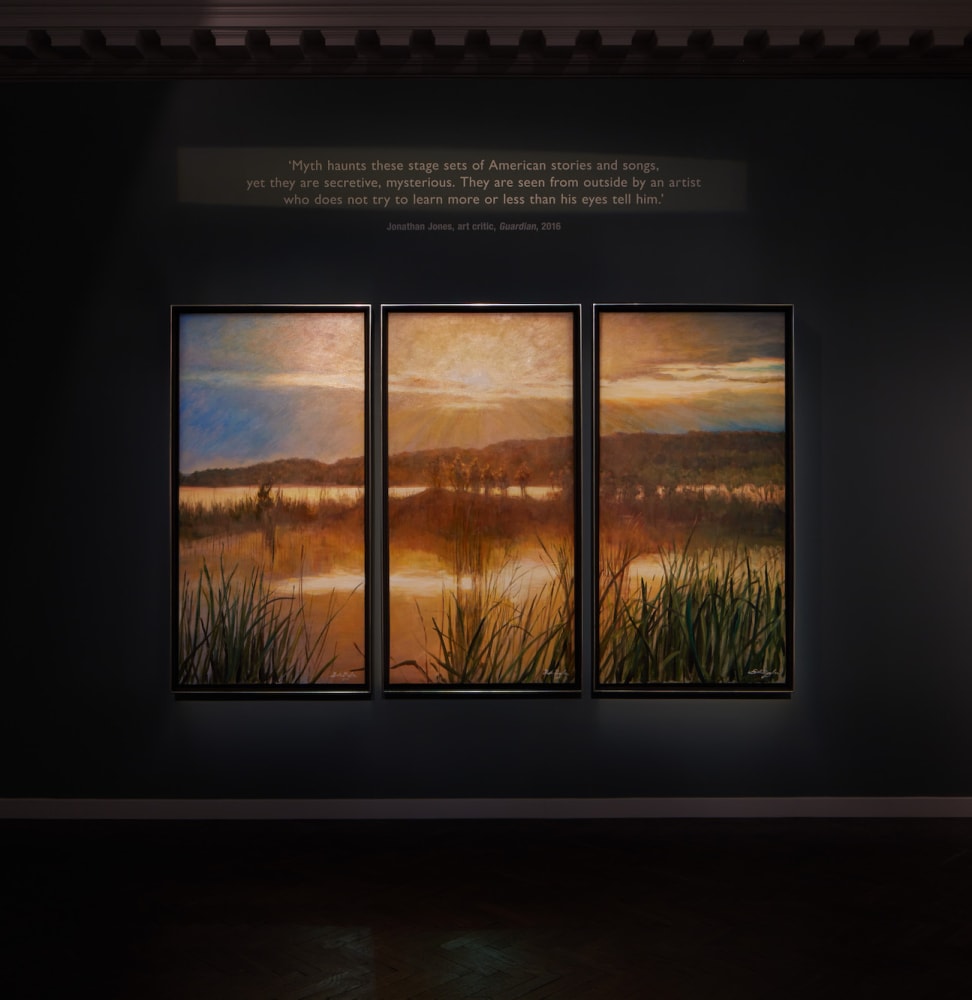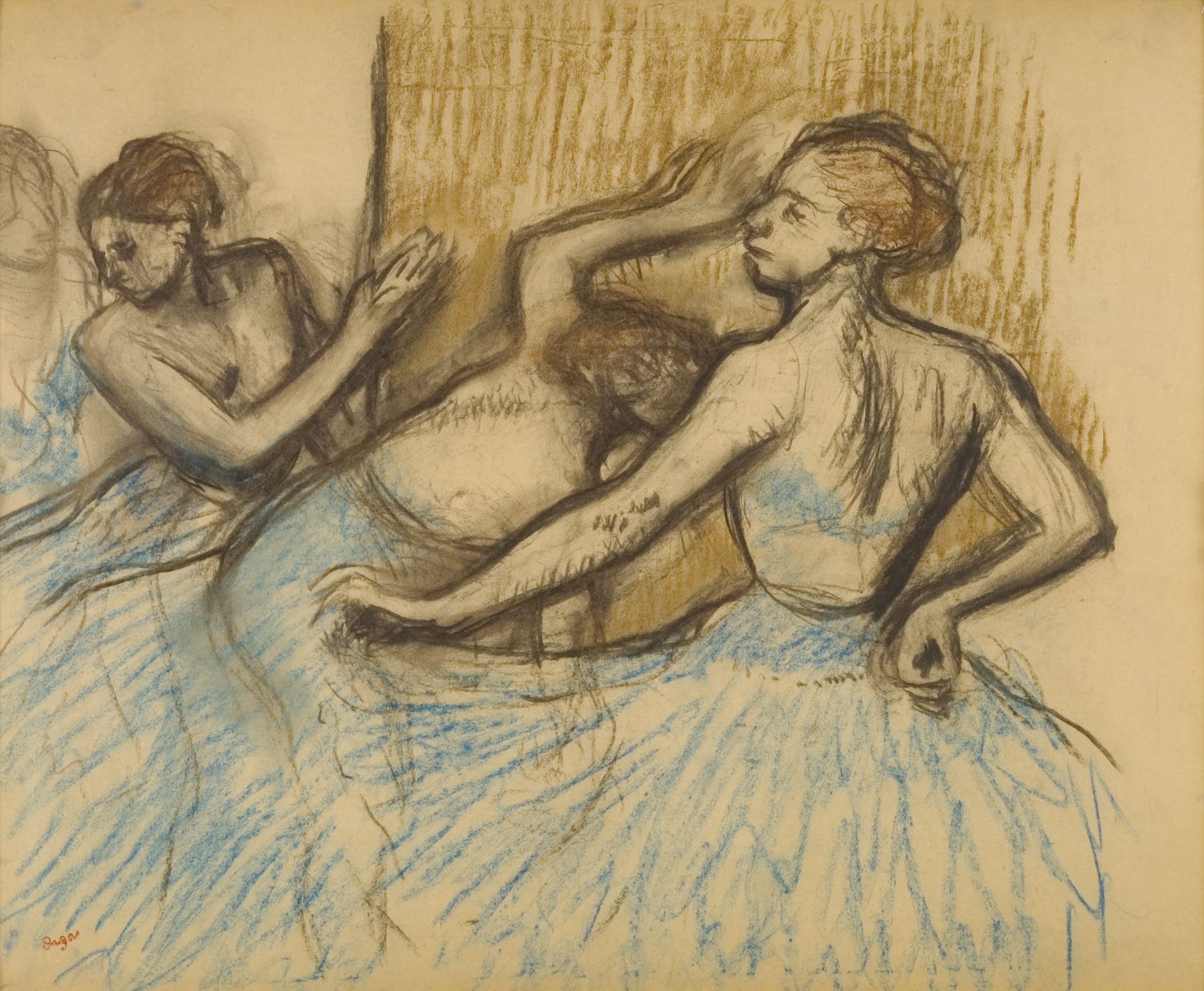

Edgar Degas
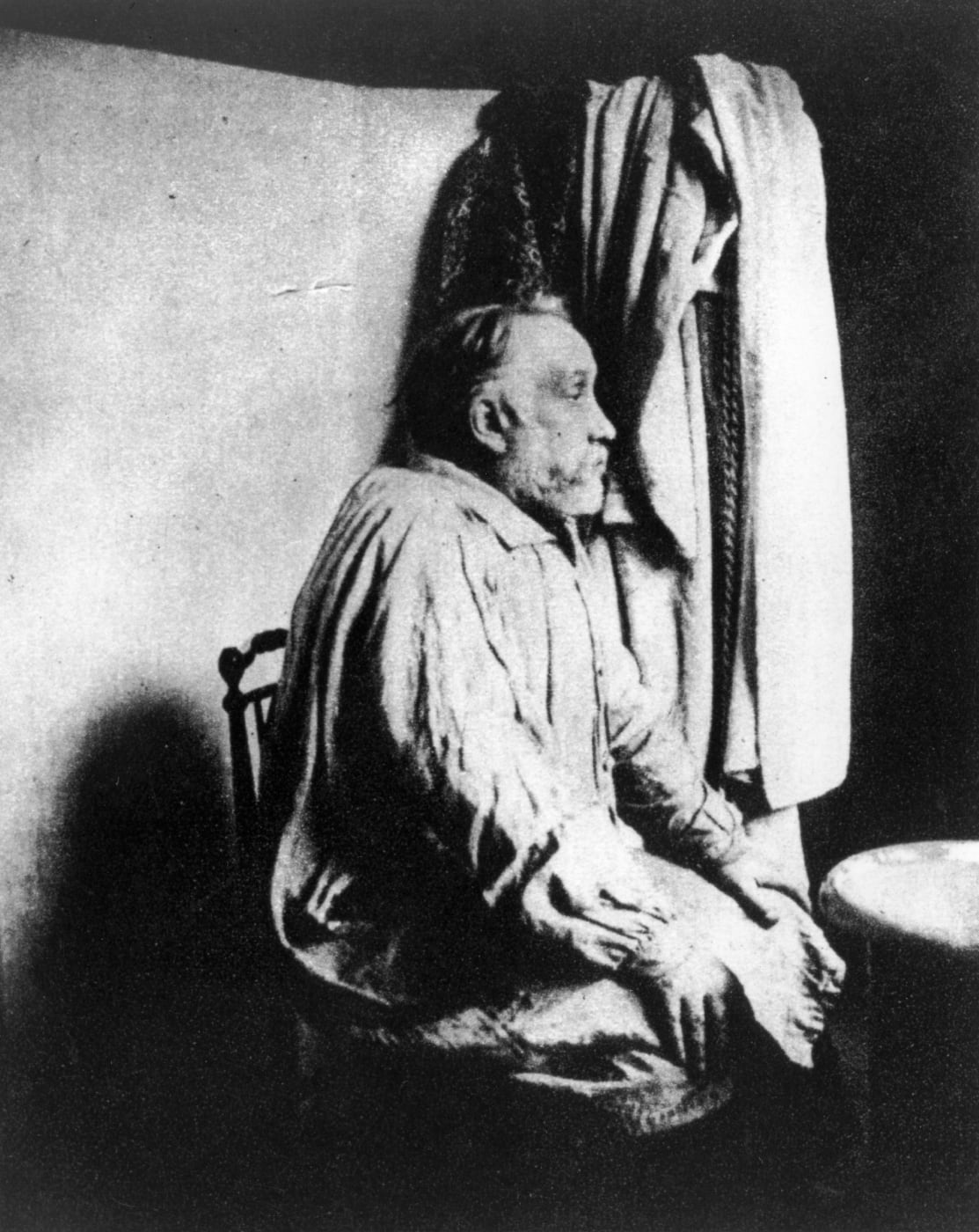
Edgar Degas was a French painter and sculptor whose perceptive analysis of figures in motion made him one of the great masters of modern art in the late nineteenth century.
‘It is essential to do the same subject over again, ten times, a hundred times’.
Degas is sometimes classed with the Impressionists, though his training in classical draughtsmanship and his aversion to painting directly from nature produced a related but distinctive style. After 1865, under the influence of the budding Impressionist movement, Degas moved away from historical subjects and portraits in favour of contemporary themes. Unlike the Impressionists, however, he preferred to work in the studio and was attracted by theatrical subjects; most of his works depict racecourses, theatres, cafés and music halls.
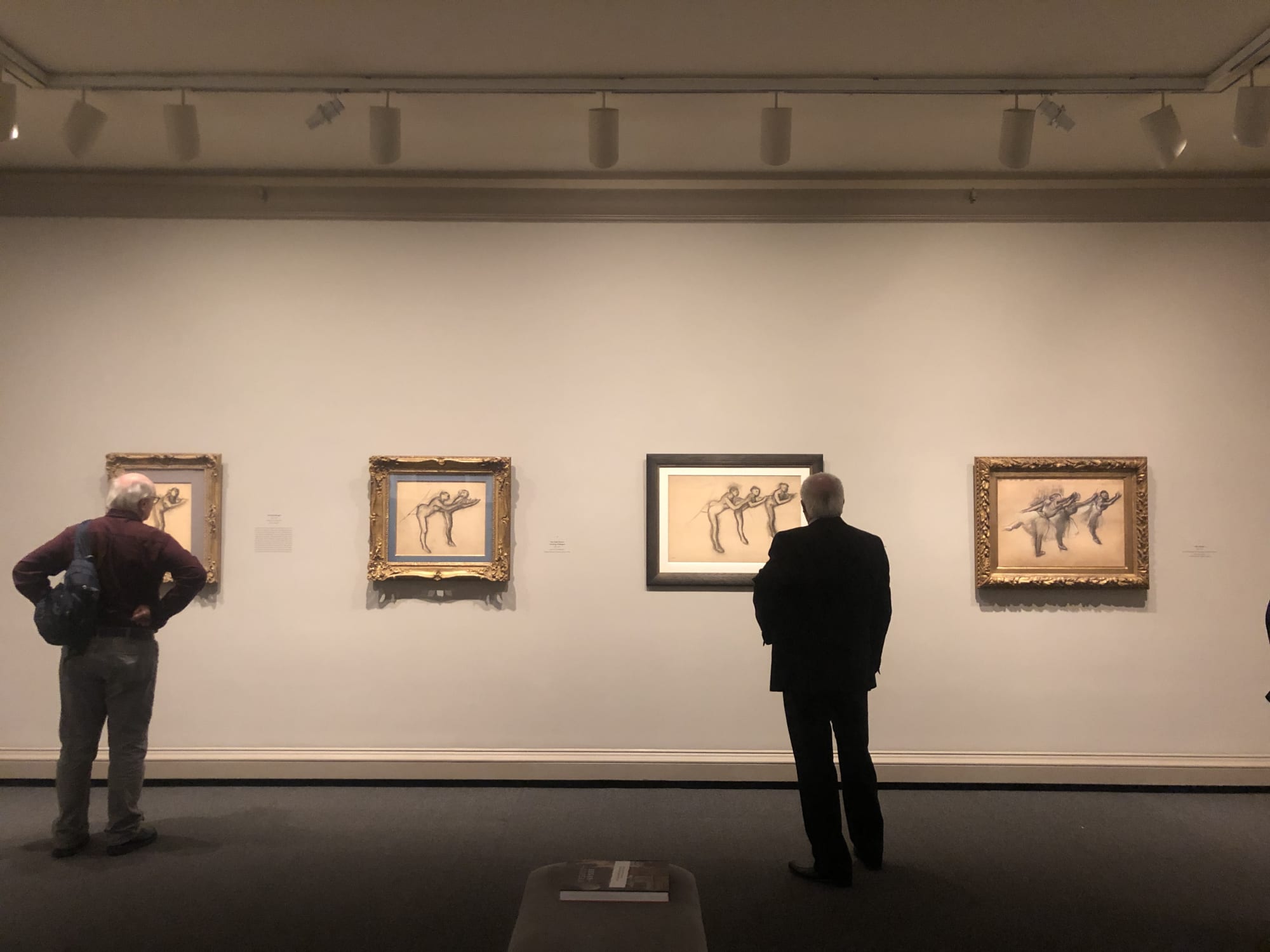
Degas and the Opera, National Gallery of Art, Washington, 2020
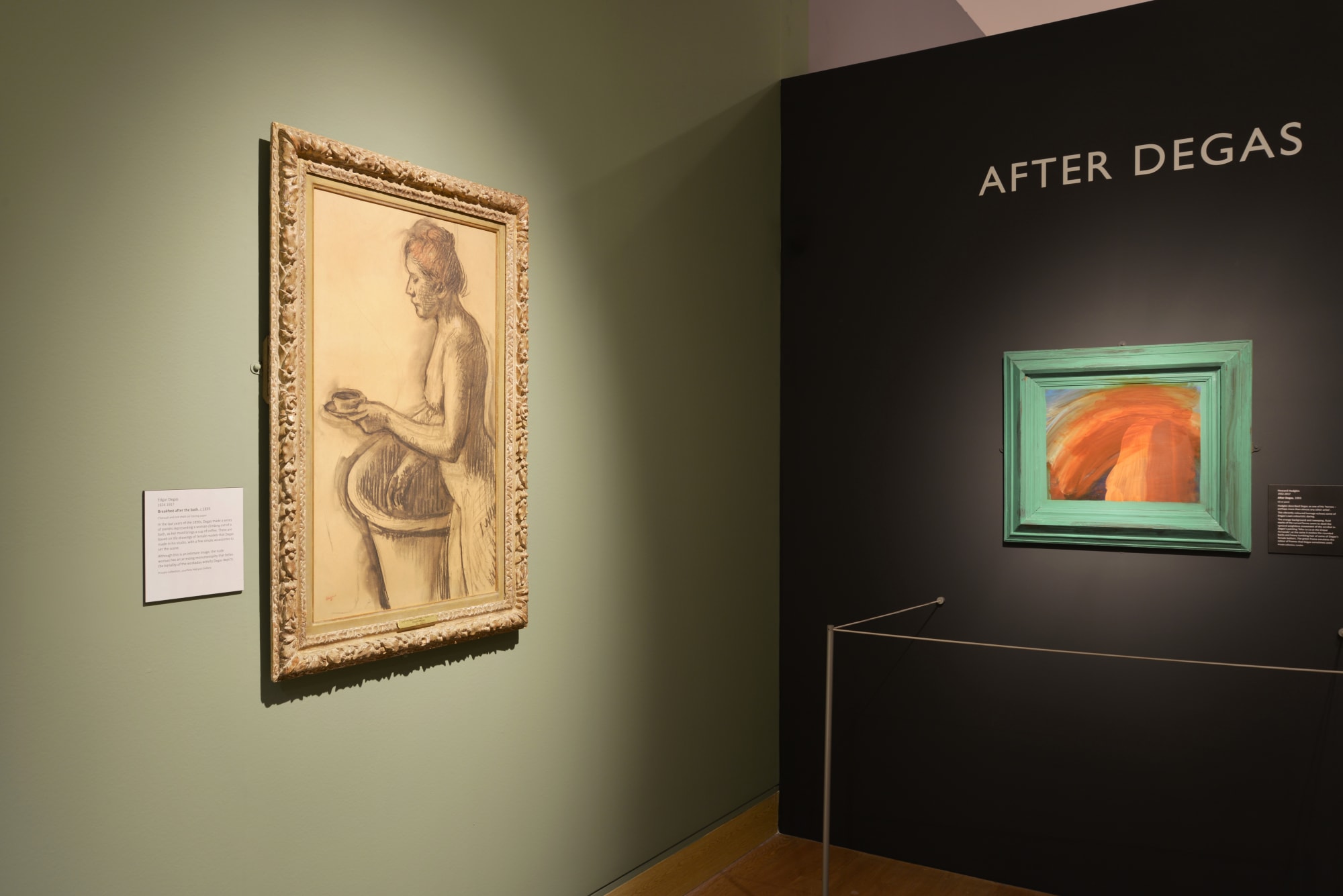
Degas: A Passion for Perfection, Fitzwilliam Museum, Cambridge, 2017 - 2018
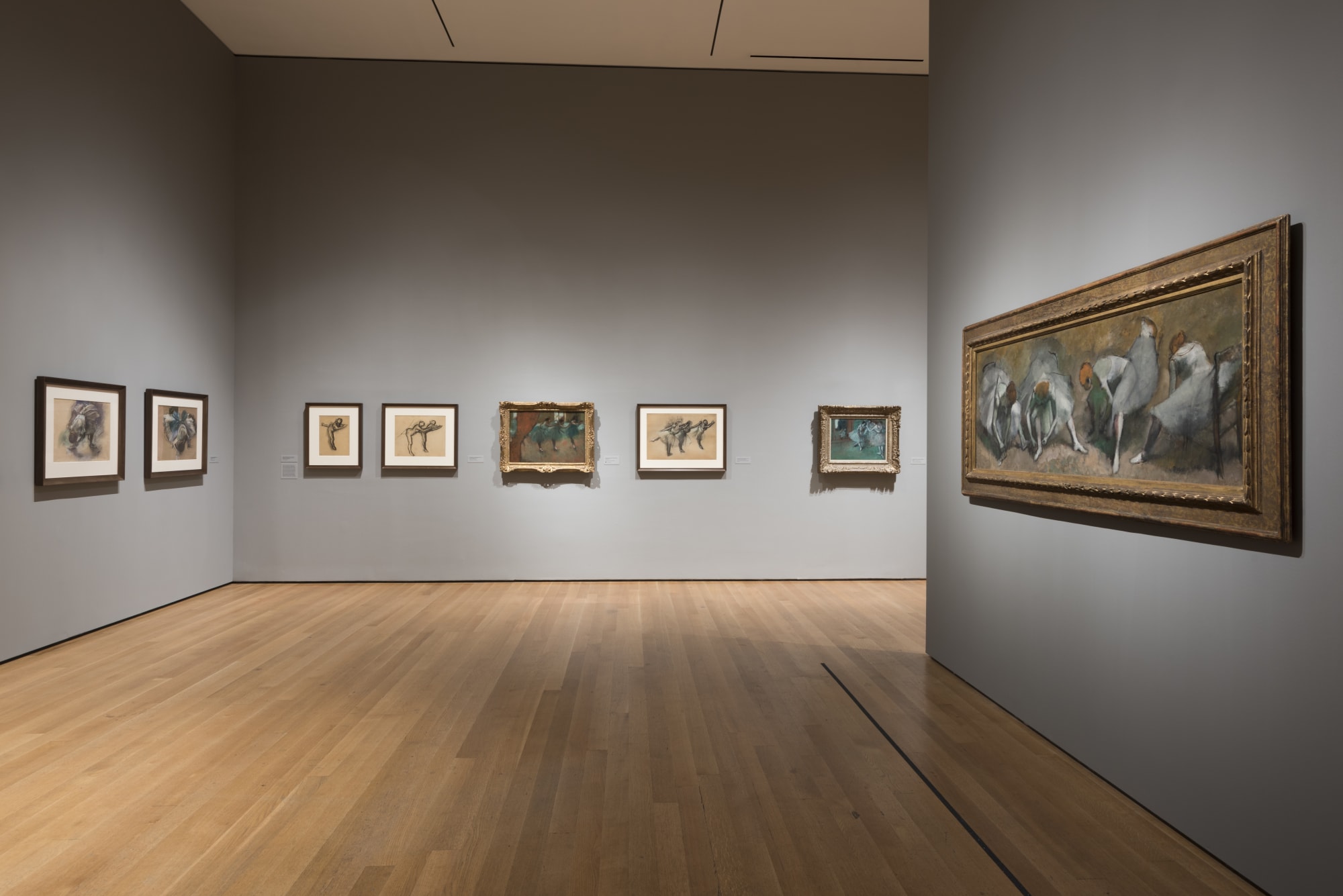
Edgar Degas: A Strange New Beauty, Museum of Modern Art, New York, 2016
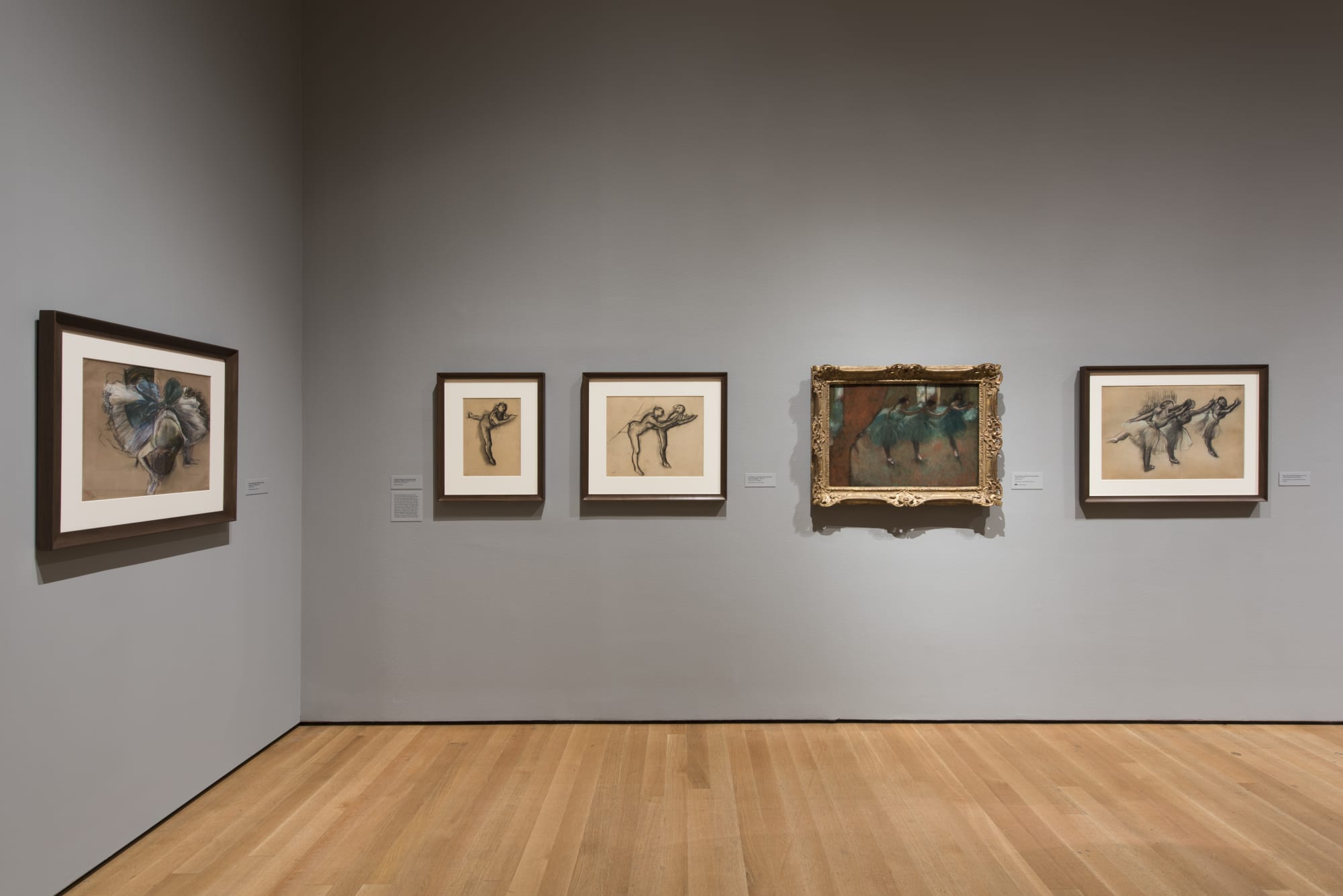
Edgar Degas: A Strange New Beauty, Museum of Modern Art, New York, 2016

Trois Danseuses from c. 1900–05 depicts Edgar Degas’ most beloved subject matter: the ballet. Charcoal was ideal for fleeting depictions of the ballet and this artwork is typical of Degas’ practice of drawing on tracing paper to allow compositions to be later transferred to another surface, or even reversed. Here, a charcoal drawing has been mounted onto board and, subsequently, white and mint green pastel additions have been applied by the artist. Trois Danseuse exemplifies Degas’ interest not just with the image of the dancers, but also their physical movement, subtly rotating the ballerina in arabesque to suggest actual progression through space. This mode of depiction is reminiscent of the photography of Étienne-Jules Marey and Eadweard Muybridge, whose photographic studies of motion were well-known even beyond the confines of the art world from the mid-1890s and beyond.
Trois Danseuses has been included in several major exhibitions of Degas’ work: Tampa Museum of Art, Florida, Degas: Form, Movement and the Antique (2011); Fondation Beyeler, Basel, Edgar Degas – The Late Work (2012–13); Museum of Modern Art, New York, Degas – A Strange New Beauty (2016); and the recent exhibition Degas and the Opera, Paris, Musée d’Orsay (2019–20, later travelled to National Gallery of Art, Washington, 2020).


A preparatory study for one of Edgar Degas' most accomplished pastel works of the same title, Le Petit Déjeuner après le bain [The Breakfast after the Bath], c. 1895, demonstrates the distinctive mark-making and the meticulous reworking of composition that characterised Degas' later work. The artist made two preliminary drawings: one (the present work) showing the maid nude and the other, Le Diner après le bain [Dining after the Bath], with her dressed.
As Degas expert Richard Kendall notes, it was common for the artist to make a study from a life model as a starting point for his figures, even if he planned to depict them clothed in the final artwork.
This method enabled him to define the form and positioning of his subject before incorporating more detailed elements into the composition. 'No art was ever less spontaneous than mine', Degas once stated. 'What I do is the result of great reflection.' Le Petit Déjeuner après le bain was included in the important exhibition Drawings by Degas, which travelled from City Art Museum of Saint Louis, Missouri, to Philadelphia Museum of Art and Minneapolis Society of Fine Arts in 1967. In 2011-12 the work featured in Degas et le nu held at Museé d'Orsay in Paris; at The Fitzwilliam Museum, Cambridge in 2017-18; and in The Impressionists and Photography exhibition held at Museo Thyssen-Bornemisza, Madrid, in 2019-20.


Trois Danseuses, ����vlog����, 2021

